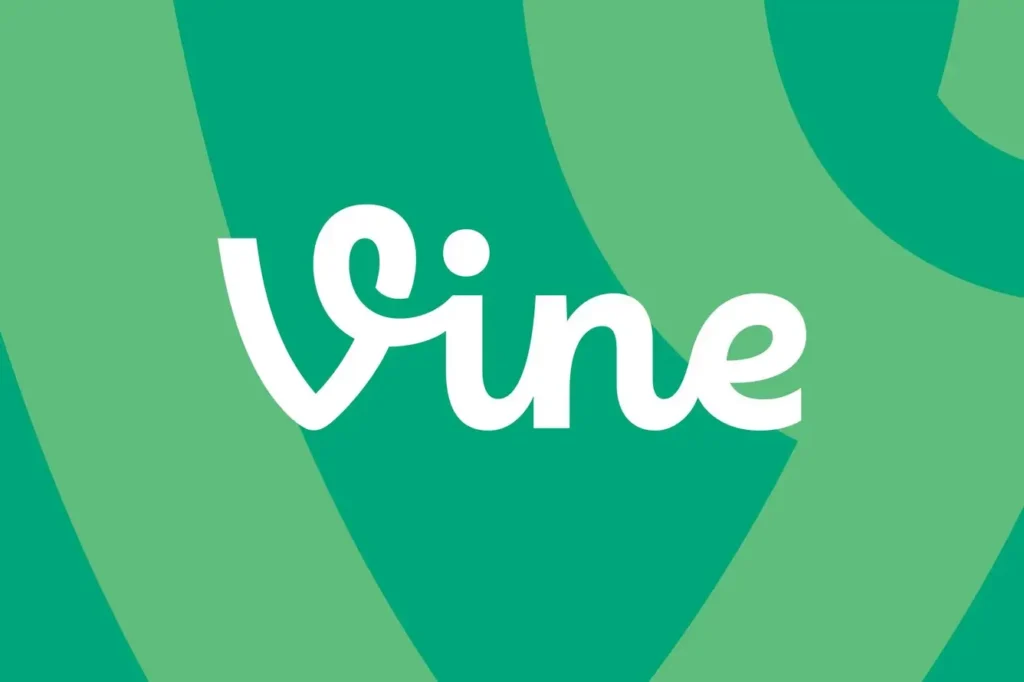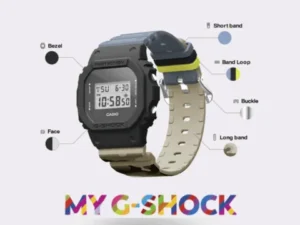After nearly a decade of absence, the six-second world that shaped an entire era of internet humor has quietly stepped back into the spotlight. Vine—once the birthplace of a generation of creators, memes, and cultural touchstones—has been revived in a new form known as diVine. But this return isn’t an exact resurrection. Instead, it’s a hybrid restoration: part archive, part reboot, and part corrective to the chaotic, algorithm-warped attention economies of today. For a platform so rooted in brevity, its comeback speaks volumes about nostalgia, digital anthropology, and the desire for online spaces that feel human again.
stir
When Vine shut down in 2017, a staggering amount of cultural data was effectively abandoned. Terabytes of videos, profiles, metadata, comment threads, and forgotten comedic experiments were left to rot on servers no one could easily access. The Vine archive became that perfect metaphor for the early 2010s—bright, messy, nostalgic, and completely inaccessible unless someone screenshotted it before it disappeared.
Enter Evan Henshaw-Plath. Known as one of Twitter’s earliest employees and one of the minds behind its initial architecture, Henshaw-Plath took it upon himself to resurrect what he could. The task wasn’t simple. The original dataset was vast but fragmented. Many files were corrupted or hidden behind obsolete formatting. Others were simply lost to time. The new project—diVine—became not just a technical effort but a curatorial one.
Henshaw-Plath explained to TechCrunch that diVine is built from what was salvageable: roughly 150,000 to 200,000 videos from around 60,000 creators. Compared to Vine’s estimated few million creators at its peak, this is only a fraction. But it’s a meaningful one. Each clip serves as a cultural fossil, preserving a specific comedic sensibility that shaped an entire generation of meme-makers and online storytellers. These aren’t just videos; they’re shorthand references, punchlines without setup, compressed absurdities that still feel fresh in a timeline saturated with AI-generated noise.
idea
One of the unexpectedly emotional dimensions of diVine’s launch lies in the creators who suddenly see fragments of their teenage years resurfacing. For some, it’s a time capsule they welcome. For others, it’s a digital ghost they’d rather bury. diVine acknowledges both. Creators can request the removal of any old Vine that appears on the platform—a level of consent that didn’t exist in the original ecosystem.
At the same time, diVine is more than an archive. Users can post new videos, meaning the six-second format isn’t just something to study or reminisce about—it’s something to practice again.
jack
Vine’s shutdown is widely regarded as one of the most baffling self-inflicted wounds in social-media history. In 2022, former Twitter CEO Jack Dorsey admitted publicly that shuttering Vine was his “biggest regret.” The platform wasn’t just culturally influential; it was uniquely beloved. Its structure forced authorship, cleverness, and editing instincts that later platforms, with their infinite runtimes and algorithmic incentives, rarely demand.
Dorsey’s involvement in diVine—through his nonprofit, “and Other Stuff”—is partly an act of support and partly an attempt at correction. It’s a recognition that the internet lost something irreplaceable when Vine disappeared. Henshaw-Plath’s participation makes this even more poetically circular: the man who helped architect early Twitter is now preserving the pocket of culture that Twitter failed to protect.
On the other side of the timeline sits Elon Musk, current owner of Twitter/X, who declared in August that he planned to revive Vine as well. As of now, nothing has materialized from that announcement. diVine, meanwhile, quietly entered the marketplace without theatrics, without rebrands, without corporate positioning. Just an app with old videos, new possibilities, and a deliberate stance on what it does not want to become.
show
Perhaps the most defining decision behind diVine is what it refuses to allow: no generative AI content.
In an era where social platforms are drowning in AI-generated faces, voices, filters, characters, and synthetic storylines, diVine’s ban functions as a thesis. The six-second format relies on spontaneity, timing, and the unpredictable texture of real people doing real things. Either it’s a kid screaming about avocadoes, a melodramatic chip bag crinkle, or the unforgettable cadence of “road work ahead? uh, yeah—I sure hope it does,” the magic of Vine was always in the imperfections.
Synthetic content not only breaks that spell—it disrupts the collective nostalgia that fuels this reboot. diVine wants to preserve a specific type of internet era: a time before everything was optimized, before every creator felt the pressure of a 90-day growth strategy, before every video had to “convert.” The platform wants human awkwardness, human timing, and human humor back at the center.
It also implicitly positions itself against the “slop” culture many creators complain about: algorithm-churned videos designed solely for engagement, not for expression. diVine wants to feel handmade.
fwd
Whether diVine becomes a meaningful platform or a beautifully crafted nostalgia moment remains to be seen. There’s something undeniably sentimental about seeing old Vine stars—some now celebrities, some quietly living ordinary adult lives—resurface through six-second clips that once dominated the internet. But diVine is not trying to recreate 2014. It isn’t replicating Vine’s original algorithm or attempting to rebuild its entire creator graph.
Instead, it’s forging something new: a curated, intentional space shaped by what survived, what people remember, and what feels good to engender. It is partly a museum, partly a living community. It honors the err that defined it while acknowledging that the internet has changed too dramatically to simply replicate it.
The deeper question is whether Gen Z and Gen Alpha—who grew up on TikTok’s maximized and ultra-polished short-form universe—will find creative liberation in the six-second constraint.
impression
diVine’s arrival is not a full resuscitation, nor a nostalgic stunt. It’s a reminder of why Vine mattered in the first place: it celebrated creativity under pressure, humor without overproduction, and connection without endless scroll. It returns at a moment when the internet feels heavier, faster, and more synthetic than ever. Six seconds suddenly feels radical again.
And maybe that’s the point.
No comments yet.








